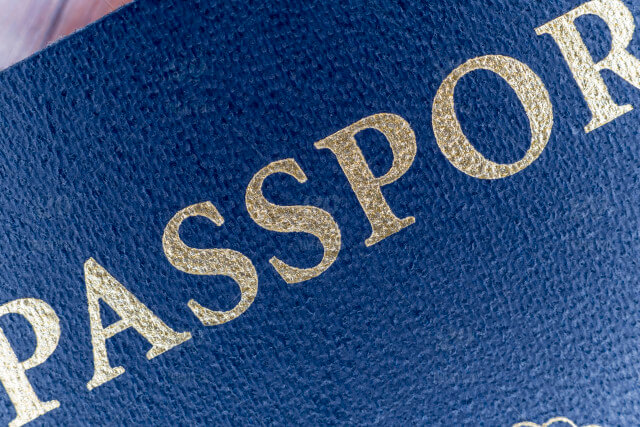What You Need to Know About the New ID Law and Travel
In 2005 Congress passed the Real ID Act with the intent to prevent identity fraud. The law sets forth requirements for state driver’s licenses and ID cards to be accepted by the federal government for “official purposes”, as defined by the Secretary of the Department of Homeland Security. The law was passed on the recommendation of the 9/11 Commission that the federal government set minimum security standards for how states issue identification and for how that identification is used.
There are four planned phases of the law, three of which apply to areas that do not affect most U.S. citizens—e.g., DHS headquarters, nuclear power plants, and restricted and semi-restricted federal facilities. With phase 4 beginning on January 8, 2016, the implementation schedule states that “passengers with a driver’s license issued by a state that is still not compliant with the Real ID Act (and has not been granted an extension) will need to show an alternative form of acceptable identification for domestic air travel to board their flight”. Starting October 1, 2020 “every air traveler will need a REAL ID-compliant license, or another acceptable form of identification, for domestic air travel.”As of this month, 32 states and territories have been certified as compliant, 23 have been granted extensions, and one is not compliant. For a full list of states, please visit https://www.dhs.gov/real-id.
What does this mean for air travelers? Starting Jan. 22, 2018, the T.S.A. will ask all travelers who don’t have a driver’s license from a compliant state or a state that has been granted an extension to the compliance deadline (this means that residents can continue using their noncompliant license for federal purposes while the state continues working to be in compliance) to provide an alternative form of acceptable identification. Travelers won’t be able to pass through security without this acceptable identification.
What qualifies as an acceptable form of identification? The DHS lists a passport; a border ID card; a trusted traveler card, such as Global Entry; a Real ID compliant driver’s license; and a permanent resident card. To see the complete list visit https://www.tsa.gov/travel/security-screening/identification
The D.H.S. does not advocate for any particular form of acceptable identification over another, but Deputy Assistant Secretary for Passport Services, Brenda Sprague, explains that with the implementation of Real ID fast approaching, residents who live in states that aren’t Real ID compliant should apply for a passport before the end of the year.
November and December are the best months to apply for or renew your current passport, according to Sprague, due to the typical turnaround time of about four weeks. In the summer, when passport applications peak, the wait could be up to eight weeks. Most people apply for passports at their local post office. In addition, there are 27 passport agencies, where travelers can apply for rush passports.Visit the Department of State’s Where to Apply link for more details.
